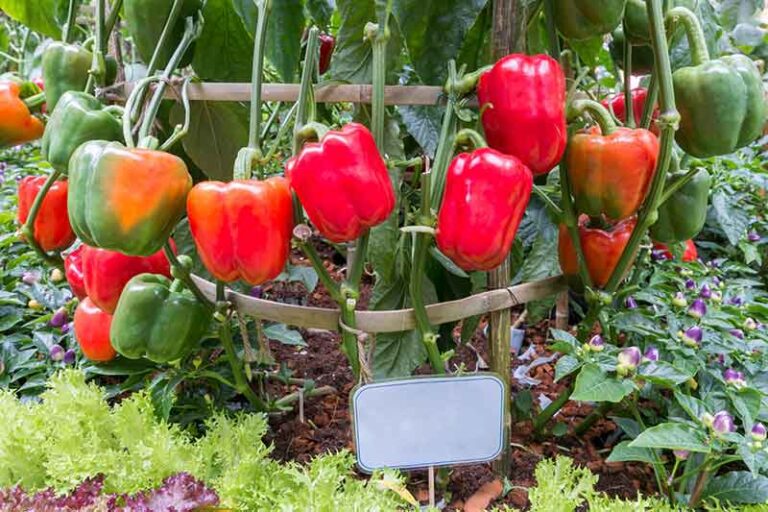Peppers are one of the easiest and most rewarding veggies to grow at home. Whether you’re into sweet bell peppers or spicy jalapeños, a few simple tricks can seriously boost your harvest. With the right setup, you’ll be picking peppers all season long—and probably giving extras away to your neighbors.
Why Grow Peppers at Home?
- Super low-maintenance once they get going
- Can grow in pots, raised beds, or small garden spaces
- Fresh, homegrown peppers taste way better than store-bought
- One plant can give you dozens of fruits with the right care
The Secret to Big Yields
-
Choose the Right Variety
Start with a pepper type that grows well in your climate. Bell, jalapeño, banana, cayenne—there are tons to choose from, and they each thrive a little differently. -
Start from Seed (or Buy Healthy Seedlings)
If you’re starting from seed, give them plenty of warmth and light. If you’re buying seedlings, pick ones that are short, strong, and vibrant green. -
Give Them Lots of Sun
Peppers love heat and sunlight—aim for at least 6–8 hours a day. The more sun, the more fruit. -
Use Rich, Well-Draining Soil
Mix compost or organic matter into the soil to give your peppers all the nutrients they need. They like soil that holds moisture but drains well. -
Water Consistently
Keep the soil moist but not soggy. Deep watering 2–3 times a week is better than shallow watering every day. -
Feed Them Regularly
Use a balanced organic fertilizer or one high in phosphorus to encourage flowering and fruit production. -
Prune Sparingly
You can pinch off the very first flowers to help the plant grow bigger before it starts producing peppers. -
Support Heavy Branches
As fruits develop, some branches can get weighed down. Use stakes or cages to keep them from snapping. -
Harvest Often
The more you pick, the more your plant will produce. Don’t wait too long—peppers can get wrinkly if left too long on the plant.
Bonus Tips
- Add mulch around the base to keep moisture in and weeds out
- Keep an eye out for pests like aphids or spider mites—treat early with neem oil or insecticidal soap
- For spicier peppers, stress the plant a bit by letting the soil dry slightly between waterings (yep, that’s a real trick)
The Bottom Line
Peppers are the kind of crop that rewards just a little effort with a whole lot of produce. Give them sun, warmth, and water—and they’ll take it from there. Once you’ve tasted your own homegrown pepper, you’ll never go back.
